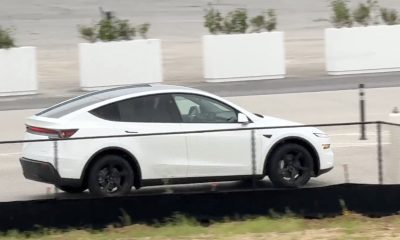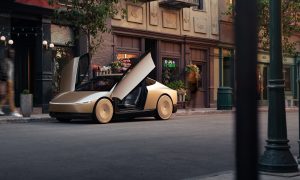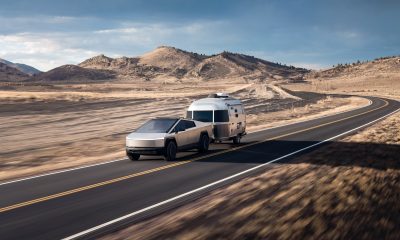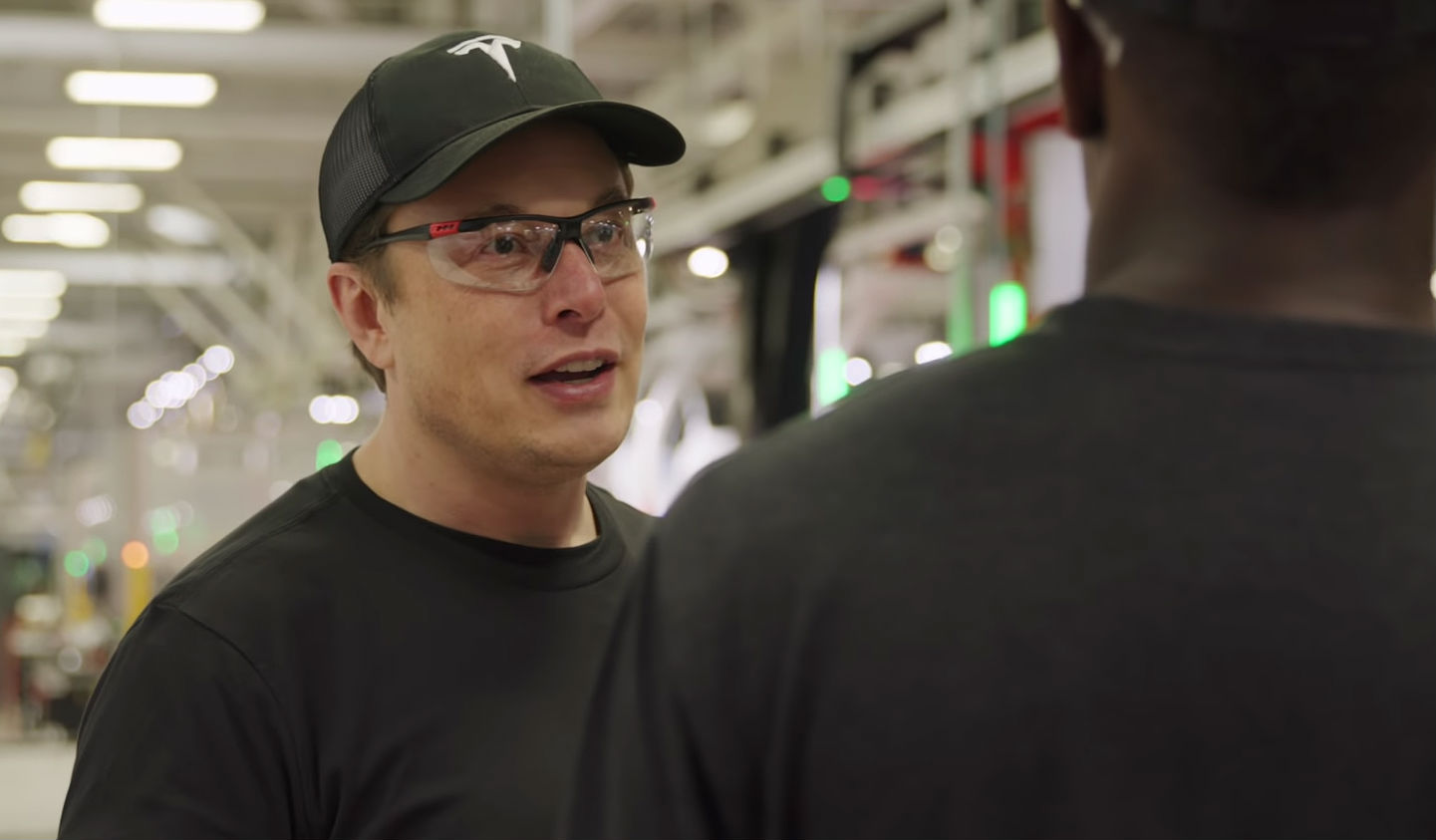

News
The ‘Elon Musk Method’ explains Tesla’s runaway success in the EV sector
Over his 16-year tenure at Tesla, Elon Musk went from knowing very little about the automotive business to being the CEO of the world’s most valuable carmaker by market cap. The journey towards Tesla’s current place in the electric vehicle sector, together with the numerous small milestones that the company has achieved over the years, is partly due to Musk’s style. Without the “Elon Musk Method,” Tesla’s successes would likely have been not as notable, and most certainly not as radical.
As noted in a Reuters article, Elon Musk’s record has shown that beyond the rockstar bravado that he displays on social media platforms like Twitter at times, the Tesla CEO is a quick learner who is smart and strategic enough to forge alliances with companies that had tech that Tesla lacked. Musk would then follow this up by hiring the smartest people available in the industry, before powering through boundaries that limited companies that are more risk-averse.
Under Musk’s leadership, Tesla flourished as a vertically-integrated electric car maker. From computers to car seats and now to battery cells, Musk is intent on making Tesla more and more independent. Speaking with the news agency, a former senior executive at Tesla noted that Musk is consistently set on pursuing improvements that would make something better, faster, and cheaper. “Elon doesn’t want any part of his business to be dependent on someone else. And for better or worse – sometimes better, sometimes worse – he thinks he can do it better, faster and cheaper,” the executive said.
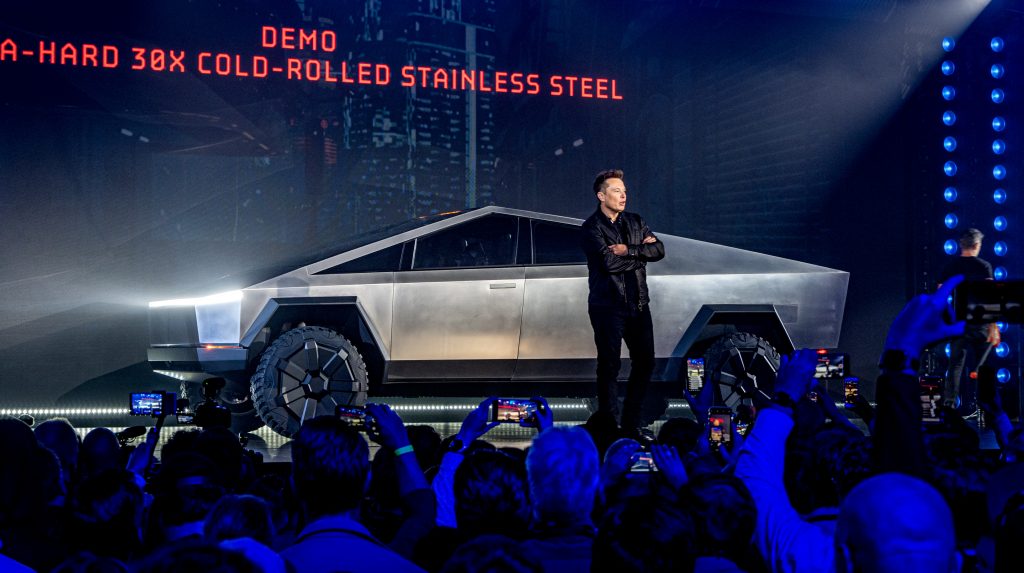
According to people familiar with Tesla’s strategy in its early days, Musk has always been looking to learn more about the auto industry. He accomplishes this through several means such as strategic partnerships and aggressive talent recruitment. Back then, the goal of Tesla was reportedly to create a digital version of Ford’s iron-ore-to-Model-A production system, which was developed in the late 1920s. Former Tesla supply chain executive Tom Wessner noted that during these times, “Elon thought he could improve on everything the suppliers did – everything. He wanted to make everything.”
Among these components, of course, were the battery cells that are used for Tesla’s electric cars. Musk’s subordinates have reportedly argued against the idea of developing proprietary battery cells, but the CEO has been adamant about his goal. A former Tesla veteran who spoke to Reuters added that such a reaction from Musk is well within character. “Tell him ‘No’ and then he really wants to do it,” the veteran said. This is something that has happened in the past, as Musk was reportedly looking into battery cell manufacturing since 2011, well before going into a close partnership with Panasonic in 2013.
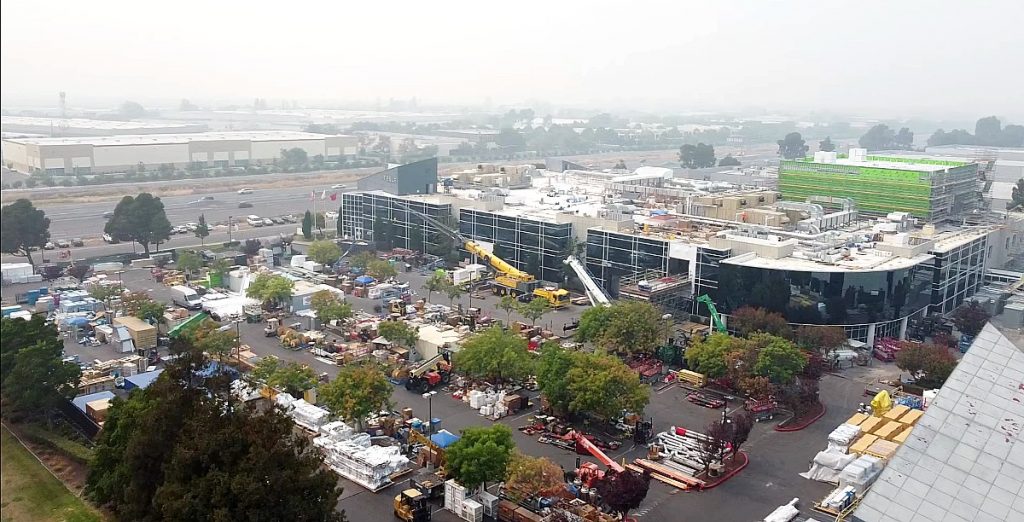
Tesla’s relationship with Panasonic could be described as a roller coaster ride. Tesla’s demands during the Model 3 ramp appeared to have strained the capabilities of its Japanese partner, and last year, reports emerged alleging that the two companies were growing apart. Yet even with the upcoming debut of Tesla’s Roadrunner cells, Panasonic maintains that it has a strong relationship with Tesla. “There has been no change in our relationship with Tesla. Our relationship, both past and present has been sound. Panasonic is not a supplier to Tesla; we are partners. There’s no doubt our partnership will continue to innovate and contribute to the betterment of society,” a Panasonic spokesperson stated.
It appears that Tesla’s long partnership with Panasonic is part of the building blocks of the Roadrunner project. True to form, Musk likely used the knowledge he learned from the veteran Japanese firm to help create an in-house battery cell production line that could be perfectly designed for Tesla’s electric vehicles and energy products. This, in a way, echoes much of Tesla’s development alliance with Daimler in the past. Daimler was an early investor in Tesla, and during the time, Musk reportedly became very interested in sensors that could help keep cars within lane lines. As noted by a senior Daimler engineer, the Tesla Model S lacked the necessary cameras and driver-assistance sensors to match the flagship features of the Mercedes-Benz S-Class then. Musk and the Tesla team then went to work, and the result was history.
“He learned about that and took it a step further. We asked our engineers to shoot for the moon. He went straight for Mars,” the Daimler executive said.
News
Rivian CEO RJ Scaringe wins Executive Disruptor of the Year award
Rivian has proven to be as tough as its off-road-capable electric vehicles.
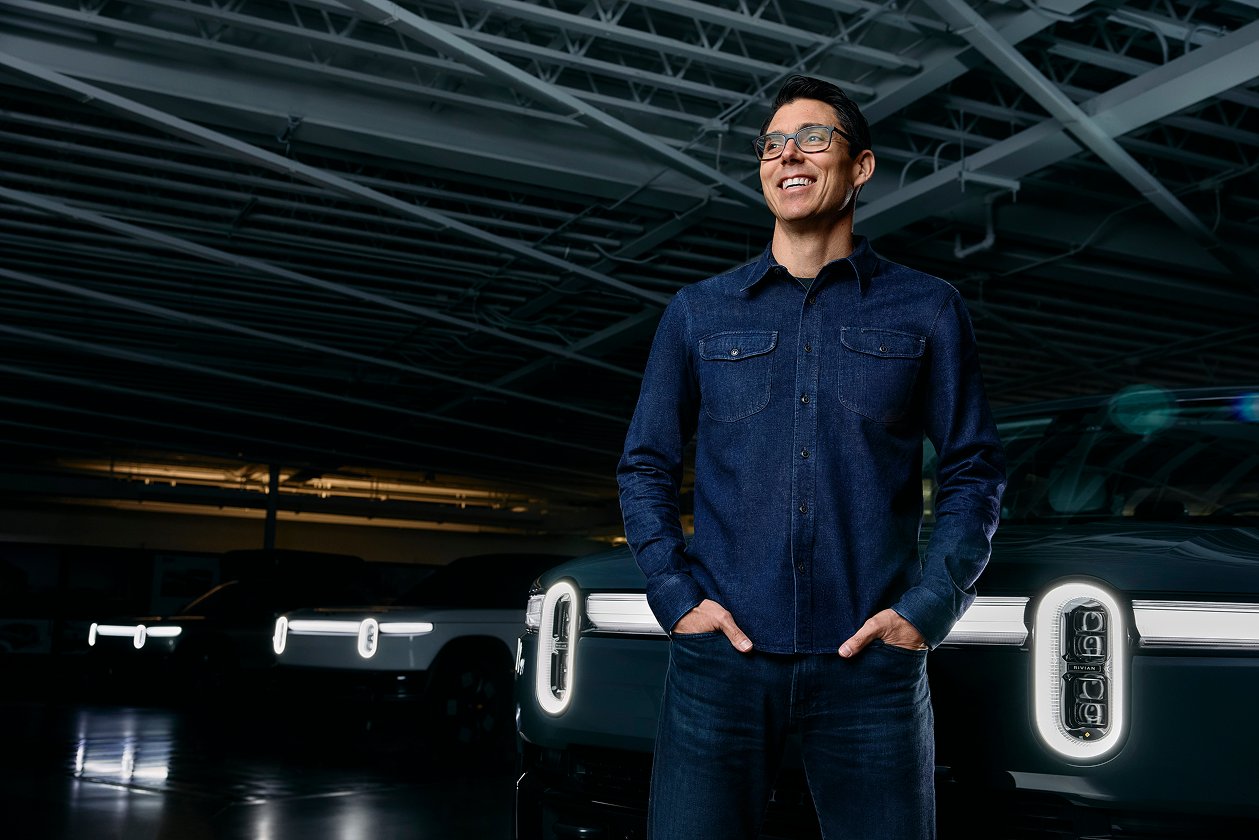
Rivian CEO RJ Scaringe has been named Executive Disruptor of the Year in Newsweek’s World’s Greatest Auto Disruptors awards.
The electric vehicle maker celebrated its chief executive’s accolade on social media and on its official website.
Why RJ Scaringe Won
Newsweek highlighted that Rivian is one of the few electric car makers in the market today that actually turned a profit. This was an extremely challenging endeavor for Rivian, especially as the company had to outfit its Normal, Il plant during the height of the pandemic.
Rivian has proven to be as tough as its off-road-capable electric vehicles. It dug deep to launch the R1T and R1S, it secured a deal with Amazon for its electric delivery vans, it unveiled its next-generation vehicles like the R2, R3, and R3X, and it even signed a $5.8 billion joint venture with Volkswagen Group. This year, a subsidiary of the company also received a $6.57 billion loan from the federal government to finance the development and construction of its Georgia plant, which is expected to be capable of mass manufacturing the R2.
“Strategic decisions that resulted in a gross profit of $170 million in the fourth quarter of 2024 and the maturing business model of the Rivian brand in a BEV-adverse environment are why RJ Scaringe is Newsweek’s 2025 Executive Disruptor of the Year,” Newsweek wrote.
What the CEO Says
CEO RJ Scaringe noted that the honor really belongs to the company’s employees, who have endured numerous hardships over the years just to help Rivian mature and survive. As per the electric truck maker, its CEO’s award is a reflection of the vision, grit, and teamwork that powers everything the company does.
“This honor truly belongs to the entire incredible team of disruptors at Rivian. Every step forward we’ve taken—whether in the design studio, on the assembly line or in our software—has been driven by people who believe deeply in our mission. I’m grateful to Newsweek for the recognition, and even more thankful to our community for continuing to inspire us every day!” Scaringe stated.
Elon Musk
Trump’s auto tariff delay might benefit Tesla & the Big 3
Wedbush backs shifting Trump’s auto tariffs to finished cars vs. parts. Tesla & Big 3 could dodge a bullet here.

According to Wedbush analyst Dan Ives, Tesla and Detroit’s Big Three—General Motors, Ford, and Stellantis—could benefit from a potential delay in President Trump’s auto tariffs.
In late March, President Trump announced 25% tariffs on imported vehicles, effective April 3, 2025. The U.S. President also announced tariffs for auto parts, slated for May. Ives previously criticized Trump’s auto tariffs, calling them a source of “pure chaos” for the auto industry.
“A U.S. car made entirely with U.S. parts is a fictional tale,” he said, warning that tariffs could spike car prices by $5,000 to $10,000.
Ives emphasized that dismantling a decades-old global supply chain overnight is impractical. He predicts the delay could shift the May tariffs’ focus on fully assembled vehicles rather than parts, a move the Wedbush analyst sees as less disruptive.
“Wedbush firmly believes that the more practical and effective approach would be to impose tariffs on finished vehicles rather than on auto parts, which are still essential to U.S.-based car production,” he added.
A shift to fully assembled vehicles from auto parts could ease immediate pressures on U.S. automakers, preserving production stability. For Tesla and the Big Three, the auto tariff shift offers a strategic advantage in a turbulent trade landscape, though global market reactions remain a key variable.
The Wedbush analyst believes Tesla is well-positioned to handle Trump’s auto tariffs due to its robust U.S. production footprint.
“When it comes to the tariff issue, they are actually best positioned relative to the Detroit Big Three and others and obviously foreign automakers. Still impacted, Musk has talked about that, in terms of just auto parts,” Ives noted.
Wedbush maintains a $315 price target for Tesla’s stock, reflecting confidence in its resilience. However, Ives cautioned that China’s response to Trump’s auto tariff looms over Tesla. The next few quarters will be critical for Tesla to navigate these challenges while capitalizing on its domestic manufacturing edge.
Meanwhile, The Big Three is reliant on imported parts but builds many vehicles domestically. As such, GM, Ford, and Stellantis would also gain from avoiding an auto parts tariffs.
News
Driverless Teslas using FSD Unsupervised are starting to look common in Giga Texas
The driverless Tesla looked just like any other car around the Giga Texas complex–it just happened to be using FSD Unsupervised.
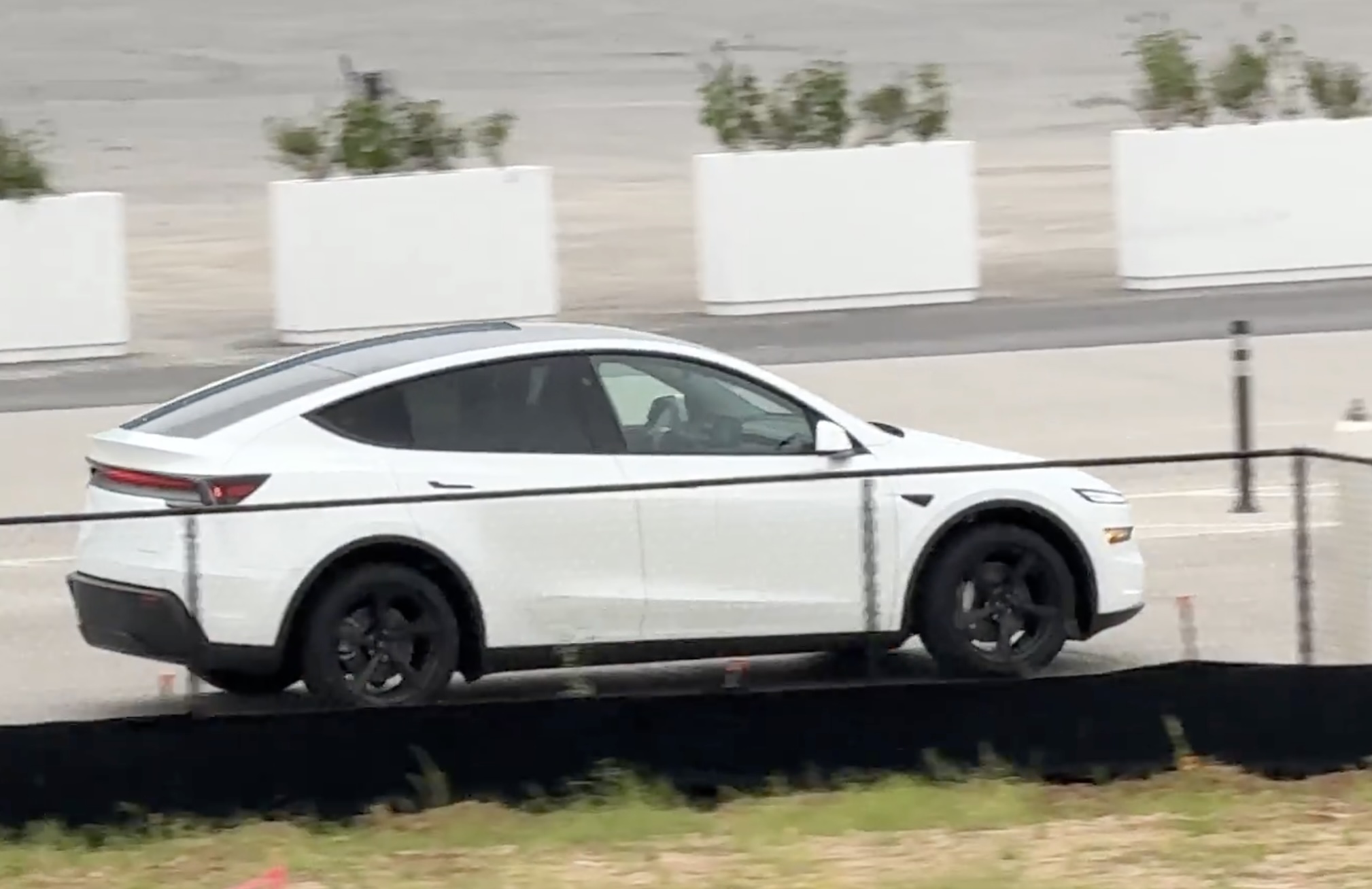
The sight of fully driverless Teslas operating using FSD Unsupervised is becoming quite common in the Giga Texas complex.
This was highlighted in a recent video of the facility from one of Giga Texas’ most ardent watchers.
FSD Unsupervised
Just recently, the Tesla AI Team shared a video showing how Unsupervised FSD was being used to deliver cars from the end of Giga Texas’ vehicle production line to the facility’s outbound logistics lot. The Tesla AI Team also noted that so far, over 50,000 driverless miles have been accrued between vehicles produced at the Fremont Factory and Giga Texas.
The video was just over a minute long, but it was enough to show that both the new Model Ys and Cybertrucks produced at Gigafactory Texas are already using FSD Unsupervised from their production line.
An Increasingly Common Sight
The Tesla AI Team also shared a video from the cabin of a new Model Y that was autonomously navigating a 1.4-mile route towards Giga Texas’ outbound logistics lot. As could be seen in the video, the new Model Y’s route is actually quite complicated as it includes pedestrians, semi trucks, and construction equipment, to name a few. The video suggests that Tesla is getting quite a lot of valuable data from its driverless vehicles in the Giga Texas complex alone.
One such vehicle was spotted recently by longtime Giga Texas watcher Joe Tegtmeyer, who was fortunate enough to capture a clip of a white new Model Y operating without a driver. As could be seen in Tegtmeyer’s video, the new Model Y was moving very confidently on its own, and it even seemed like it was traveling at a decent speed. If any, the driverless Tesla looked just like any other car around the Giga Texas complex–it just happened to be using FSD Unsupervised.
The Normalization of Remarkable
Tesla is a company that is known for making the impossible feel late. This is certainly true for the FSD Unsupervised. CEO Elon Musk has already missed his targets for the system’s consumer rollout for several years running, but things have never looked this polished before. With this in mind, perhaps this year, Tesla will indeed be able to roll out FSD Unsupervised, ushering in a whole new revolution in the transportation sector.
-
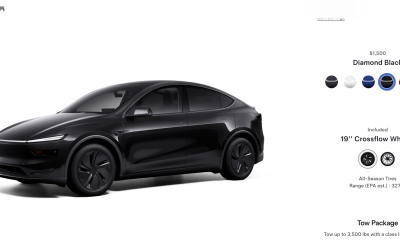
 News2 weeks ago
News2 weeks agoTesla rolls out new, more affordable trim of the Model Y Juniper in U.S.
-
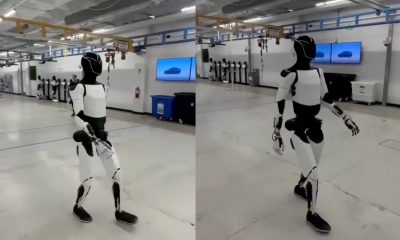
 News2 weeks ago
News2 weeks agoTesla shares Optimus’ improved walk in new update video
-
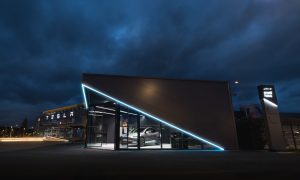
 Elon Musk2 weeks ago
Elon Musk2 weeks agoTesla Germany reports 4,935 units sold in Q1 2025
-
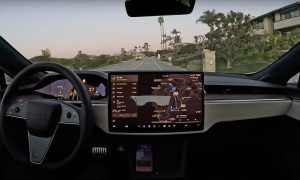
 News2 weeks ago
News2 weeks agoTesla expands Early Access Program (EAP) for early Full Self-Driving testing
-

 Elon Musk2 weeks ago
Elon Musk2 weeks agoNYC Comptroller moves to sue Tesla for securities violations
-
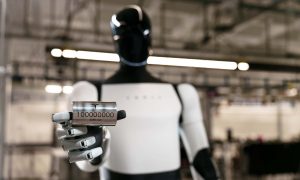
 News1 week ago
News1 week agoTesla celebrates key milestone for 4680 battery cell production cost
-
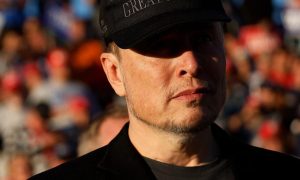
 News2 weeks ago
News2 weeks agoElon Musk will continue as DOGE adviser: VP Vance
-
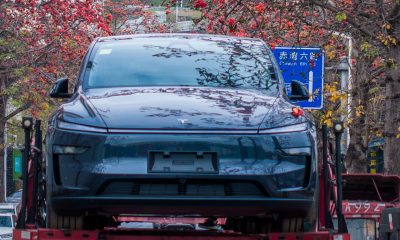
 News2 weeks ago
News2 weeks agoWells Fargo reiterates Tesla (TSLA) price target of $130



